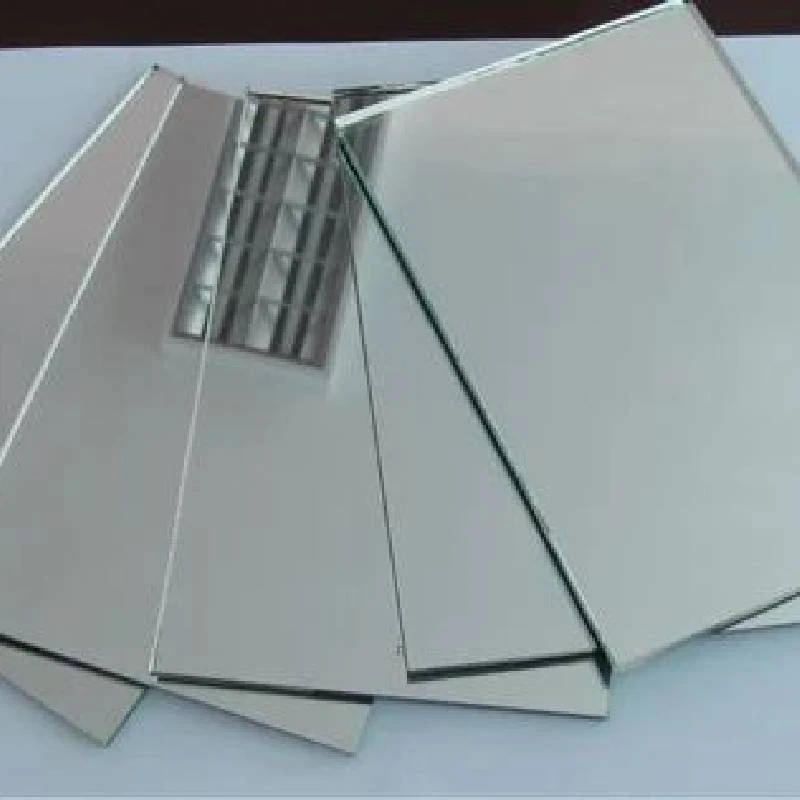

Understanding Low-E 180 Glass Benefits and Applications
In recent years, energy efficiency has become a priority for architects, builders, and homeowners seeking to create sustainable and environmentally friendly structures. One of the most innovative advancements in this field is Low-E (low emissivity) glass, specifically Low-E 180 glass. This type of glazing material plays a crucial role in minimizing energy loss while maximizing natural light intake, making it an excellent choice for modern construction.
What is Low-E 180 Glass?
Low-E 180 glass is a specific classification of low emissivity glass that uses a thin layer of metal oxide to reflect infrared energy while allowing visible light to pass through. The 180 refers to the coating's unique properties, which are specifically designed to reflect a substantial amount of heat back into a building during colder months while still letting in light, thereby enhancing interior comfort without compromising views or daylight.
The Science Behind Low-E Glass
The primary function of Low-E glass revolves around its ability to control heat transfer. It is designed to minimize the amount of ultraviolet (UV) and infrared light that can pass through the glass without compromising the amount of visible light that enters a space. By doing this, Low-E 180 glass effectively reduces glare and prevents the fading of interior furnishings and artwork, offering long-term protection for valuable possessions.
The magic of Low-E glass lies in its properties categorized under the physics of thermodynamics. By utilizing a microscopically thin layer of metal oxide, the glass surface is altered to minimize emissivity—the rate at which a surface emits heat. This technology ensures that homes and commercial spaces remain comfortable, reducing the reliance on HVAC systems for temperature regulation and consequently lowering energy bills.
Energy Efficiency and Environmental Impact

One of the most significant advantages of Low-E 180 glass is its contribution to energy efficiency. Buildings equipped with Low-E glass can experience a notable reduction in heating and cooling costs. According to various energy studies, structures utilizing Low-E windows can save as much as 30-50% on energy bills compared to those with standard glass. This reduction not only makes economic sense but also contributes to a lower carbon footprint by reducing the demand for energy production.
The environmental benefits extend beyond energy savings. With its ability to retain interior heat, Low-E 180 glass reduces the overall demand for fossil fuels needed for energy generation, thereby contributing to a cleaner environment. As building codes and standards evolve to favor more energy-efficient constructions, the demand for Low-E glass continues to rise, paving the way for a greener future.
Practical Applications of Low-E 180 Glass
Low-E 180 glass is well-suited for various applications, from residential windows to commercial storefronts and curtain walls. Its versatility makes it ideal for new constructions and retrofitting existing structures. Designers and architects appreciate the flexibility of Low-E glass, which can be integrated with different building styles and designs without compromising aesthetics.
Moreover, Low-E glass can be further customized to meet specific energy performance standards, allowing for an array of options in terms of thickness, tinting, and coatings. This adaptability ensures that it not only meets energy efficiency goals but also aligns with the visual and functional needs of any project.
Conclusion
In summary, Low-E 180 glass represents a leap forward in energy-efficient construction materials. By reflecting heat and allowing natural light to permeate without significant loss of energy, it is an essential component in the quest for sustainable building practices. As awareness of energy efficiency grows, so too does the role of Low-E glass in shaping a more environmentally conscious world. Whether in residential or commercial settings, Low-E 180 glass stands out as a testament to the innovation and commitment required to create spaces that are both beautiful and sustainable.